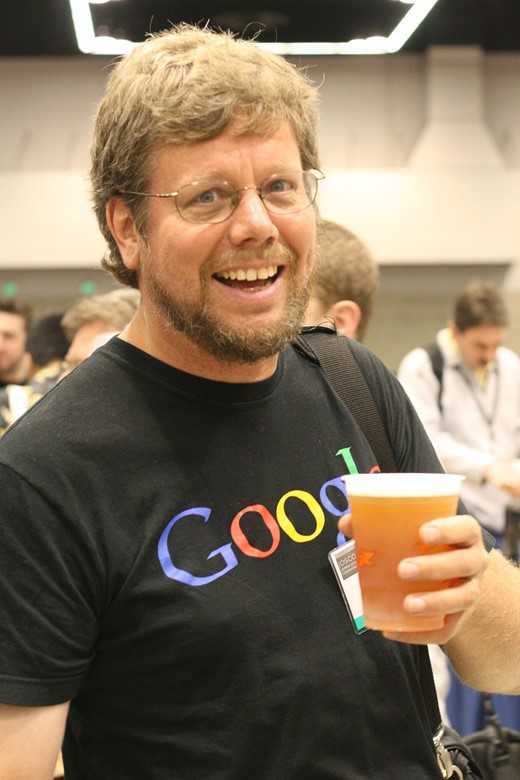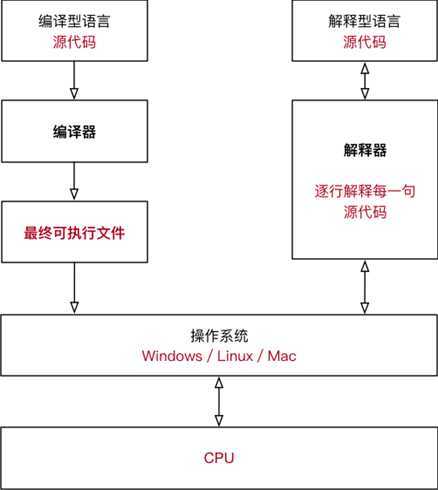Python 的创始人为吉多·范罗苏姆(Guido van Rossum);

1. 1989 年的圣诞节期间,吉多·范罗苏姆为了在阿姆斯特丹打发时间,决心开发一个新的解释程序,作为 ABC 语言的一种继承(感觉下什么叫牛人)
2. ABC 是由吉多参加设计的一种教学语言,就吉多本人看来,ABC 这种语言非常优美和强大,是专门为非专业程序员设计的。但是 ABC 语言并没有成功,究其原因,吉多认为是非开放造成的。吉多决心在 Python 中避免这一错误,并获取了非常好的效果
3. 之所以选中 Python(蟒蛇) 作为程序的名字,是因为他是 BBC 电视剧——蒙提·派森的飞行马戏团(Monty Python‘s Flying Circus)的爱好者
4. 1991 年,第一个 Python 解释器 诞生,它是用 C 语言实现的,并能够调用 C 语言的库文件
计算机不能直接理解任何除机器语言以外的语言,所以必须要把程序员所写的程序语言翻译成机器语言,计算机才能执行程序。将其他语言翻译成机器语言的工具,被称为编译器
编译器翻译的方式有两种:一个是编译,另外一个是解释。两种方式之间的区别在于翻译时间点的不同。当编译器以解释方式运行的时候,也称之为解释器

Python之禅-------使用import this可以看到这段Python的特点说明和使用方法
The Zen of Python, by Tim Peters
Beautiful is better than ugly.
Explicit is better than implicit.
Simple is better than complex.
Complex is better than complicated.
Flat is better than nested.
Sparse is better than dense.
Readability counts.
Special cases aren‘t special enough to break the rules.
Although practicality beats purity.
Errors should never pass silently.
Unless explicitly silenced.
In the face of ambiguity, refuse the temptation to guess.
There should be one-- and preferably only one --obvious way to do it.
Although that way may not be obvious at first unless you‘re Dutch.
Now is better than never.
Although never is often better than *right* now.
If the implementation is hard to explain, it‘s a bad idea.
If the implementation is easy to explain, it may be a good idea.
Namespaces are one honking great idea -- let‘s do more of those!
(venv)
原文:https://www.cnblogs.com/yxf-/p/12432834.html